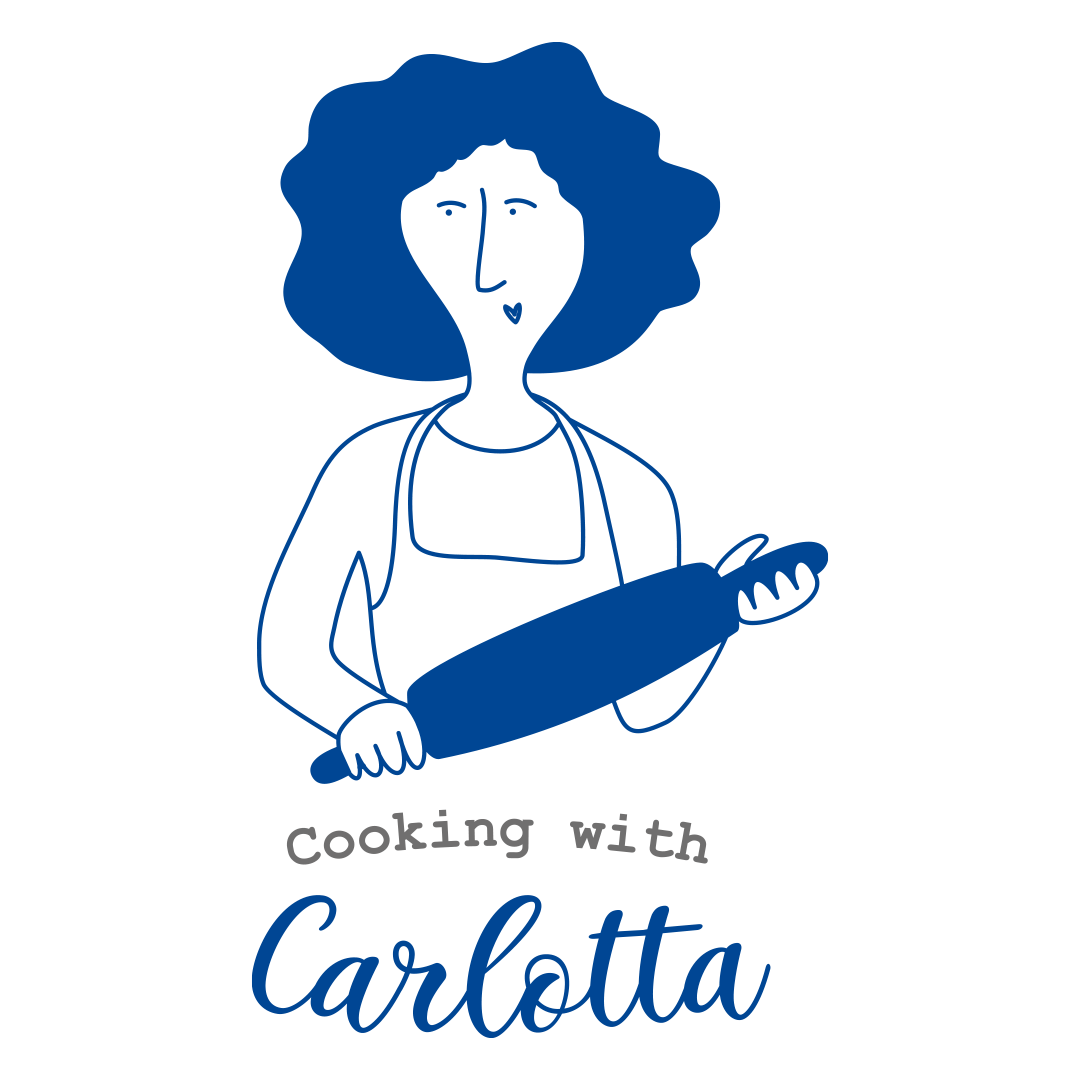

A necessary premise to an Italian article about frying is that the most common technique is shallow frying: most Italian fried dishes are in small pieces, whereas deep frying is used mainly in certain specific dishes like “arancini siciliani” and the famous “carciofi alla giudia”. However, these are somewhat exceptions.
The first common rule of frying is to bear the oil’s temperature in mind, as it must vary according to the type and size of the food we want to fry.
from 130° to 145° C (from 270° to 300° F): for vegetables, portioned fish, meats, and sweets. This not excessive temperature cooks foods thoroughly, while keeping them crisp and golden on the outside.
from 155° to 170° C (from 310° to 340° F): to fry foods which have already been partially cooked like potato croquettes, or foods coated with batter, dredged with flour, whisked egg or breaded. Upon contact with the oil, the coating will become hard and browned, preventing the inner part to seep out. Like fried custard (link) or cutlets à la Milanese.
from 175° to 190° C (from 350° to 375° F): for very thin sweets that only require a few minutes of cooking, like cenci (link), for example.
Nevertheless, oil temperatures can experience some slight variations due to the frying method and the size of food pieces. Cenci, for example, can tolerate higher temperatures than tortelli (sweet ravioli); smaller pieces can be fried at 180° C (350° F), while larger pieces should be fried at 170°-175° C in order to ensure that the food is cooked thoroughly without overcooking the coating. In fact, the oil’s proper temperature creates a light crust that prevents the oils from seeping into the food while favouring even and complete cooking.
In general, the best advice is to have the foods ready to be cooked and the oil at the right temperature to prevent the foods from being exposed to air. In fact, contact with air creates a surface skin, which prevents the food from reaching the correct temperature and the subsequent partial or complete lack of leavening, typical of sweets prepared too soon. There must be enough oil in the frying pan to enable the foods to float without coming in contact with the bottom, which would cause imperfect cooking.